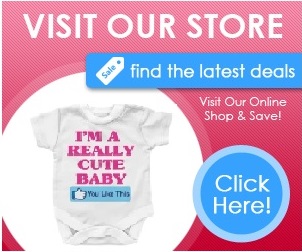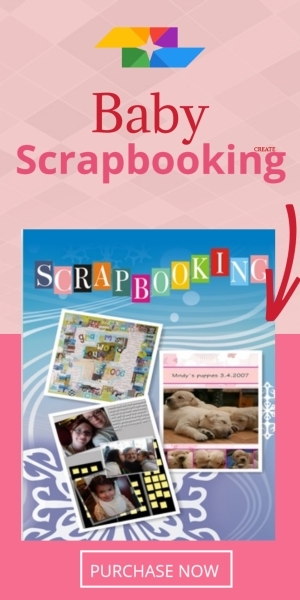Changing diapers is perhaps the most dreaded baby care activity of all. In reality, however, diapering has become so much easier throughout the years. Whether you use disposable or cloth diapers, you will certainly be glad of the fact that they’re simpler to use and keep hold of more fluid with fewer incidents
of leakage. Then again, despite all the advancements in diapers, first-time parents would still find the need to resort to books on "My First Baby." This is
only natural and the feelings of anxiety are fairly reasonable.
The "Modern Day" Diapers
Gone are the dreadful days of wiggly babies and diaper pins. In this day and age, you’re only required to put up with your squirmy baby. Cloth diapers have also become incredibly user-friendly. Many brands on the market are now referred to as "all in ones" (AIO). They’re also more or less similar to a disposable diaper in the sense that they can be fastened using Velcro straps.
Disposable diapers are also available everywhere.
As a matter of fact, there is a plethora of brands from which you can choose ranging from a wide variety of features and prices.
The "How-To" Guide
No matter what type of diaper you choose-cloth or disposable-the basics of changing diapers is pretty much the same.
1) Assemble your supplies
Gather up all the necessary articles before positioning your baby on the table. This way, you drive down the safety hazards that usually result from the need to leave the baby unattended to get the items you’ve forgotten to prepare. Open the diaper pack ahead of time and lay down everything on the table. Make sure that the things you need are ready-to-use and just within your reach.
2) Safely position the baby
Most parents designate a specific area meant only for changing diapers. This can be as simple as a changing pad placed on top of a table, or as elaborate as a "diaper changing" room that is complete with shelves and cabinets needed to accommodate all the necessary supplies.
If you’re using a table, see to it that you use a strap to hold the baby down and avoid the risks of falling. By no means should you leave your little one unattended on the table. After securing the baby on the changing pad, unfasten the old diaper. However, don’t remove it from underneath the baby yet. This provides some leeway of safety lest the cold air motivates the baby to release more urine or poop.
3) Clean the baby’s skin
Hold the baby’s ankles and slowly lift his or her bottom up. Start cleaning the bottom part using the wet wipes you’ve prepared in advance. In case the area is profoundly soiled, you may use the front section of the old diaper to wipe the mess away. After cleaning the baby’s skin, pull out the dirty diaper and wipes from under him or her and set them aside.
4) Change the diaper
Position the clean diaper under the baby and fasten the straps. For newborns, folding down the top part of the diaper is recommended. This way, you can make room for the umbilical cord. Don’t be scared to slip the diaper on snugly. Just imagine the mess it would make if it were too loose.
5) Clean up
After changing the baby’s diaper and putting some fresh clothes on, take the soiled diaper and criss-cross the straps to turn it into a little ball. Place it in a trash bin meant only for diapers. Don’t forget to use a hand sanitizer-or any liquid disinfectant-before holding your baby.
Those were just some of the fundamental things you need to learn with reference to concerns such as "how to change my first baby’s diaper." Feel free to do more research if you feel like it. Just remember to trust your instincts every time you care for your baby because not all guidelines on parenting works well with every situation.



